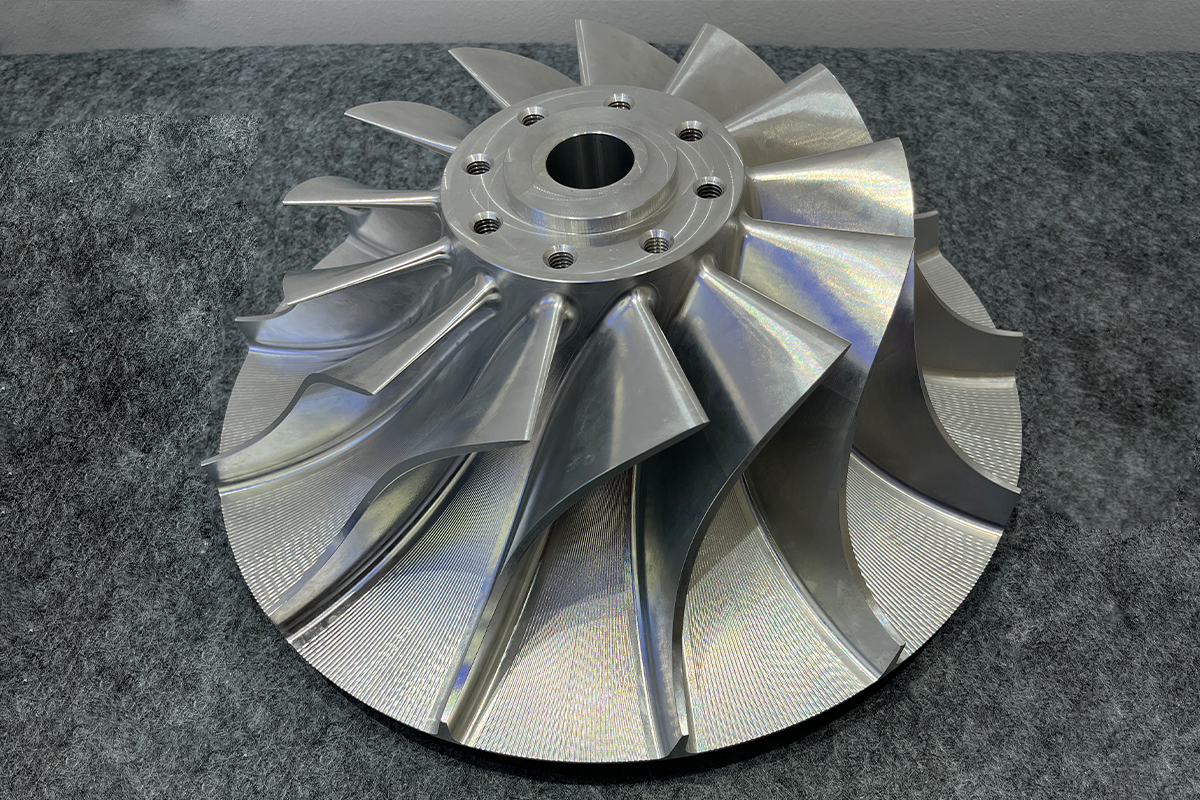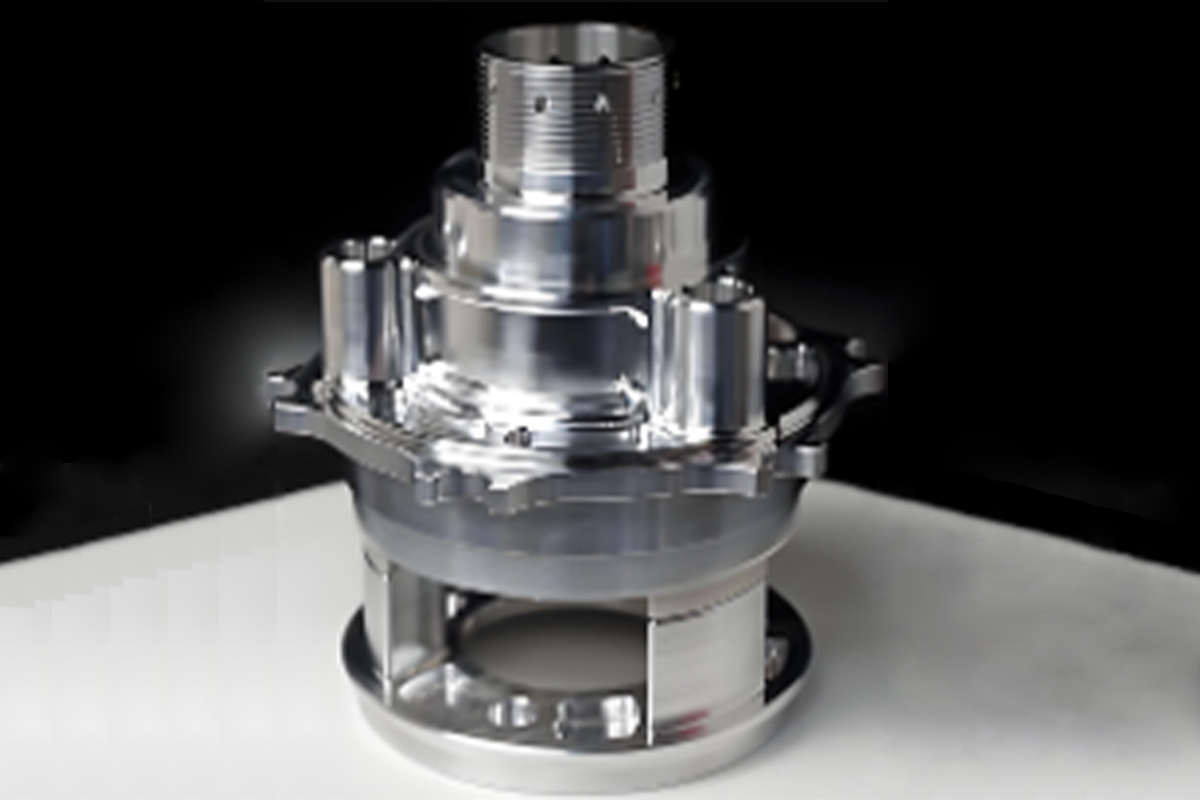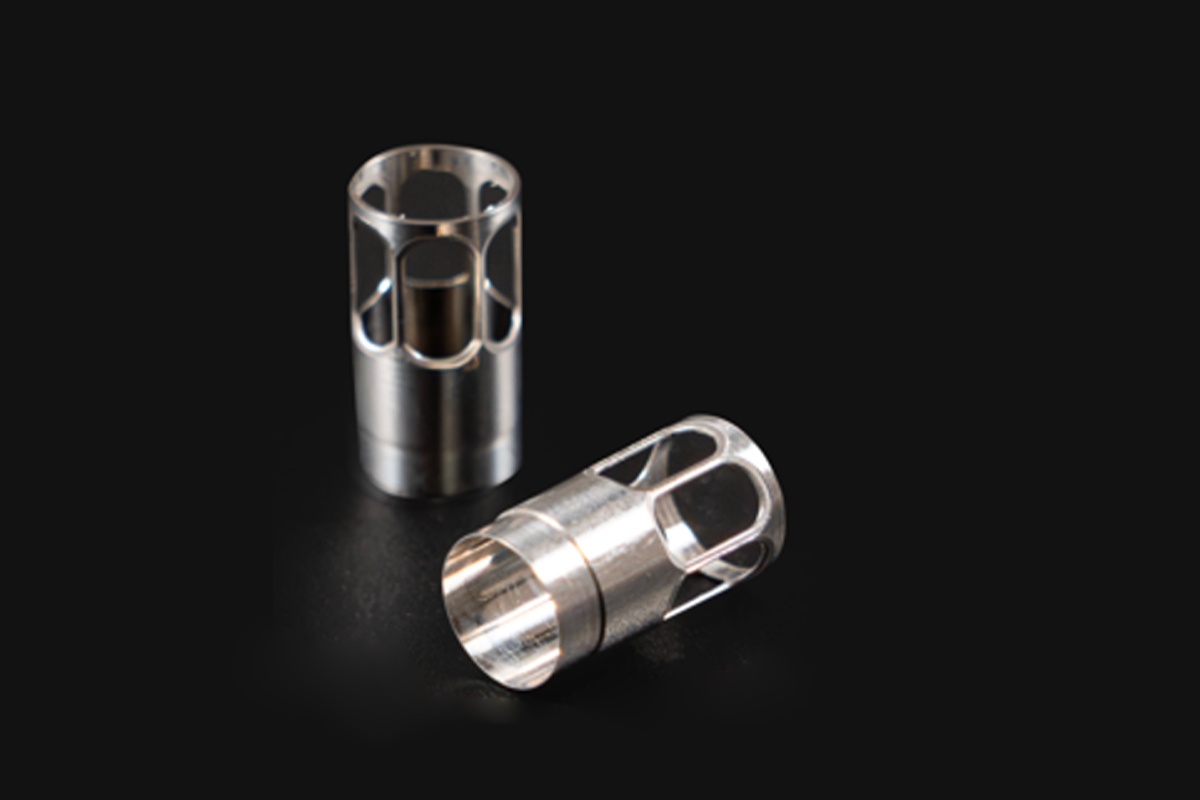When assembling machined parts, the process involves integrating components into a final product. Here’s a simplified breakdown of the key assembly contents (elements and considerations):
1. Components to Assemble
Machined parts: Precision parts produced via CNC (e.g., housings, brackets, shafts).
Fasteners: Bolts, screws, rivets, or adhesives to join parts.
Sub-assemblies: Pre-assembled units (e.g., bearings, gears, sensors).
Seals/gaskets: For waterproofing or pressure retention.
Electrical/electronic parts: Wires, connectors, PCBs (if applicable).
2. Tools & Equipment
Torque wrenches: For tightening bolts to specified values.
Presses or alignment tools: For fitting bearings/shafts.
Adhesive applicators: For epoxy or threadlocker.
Testing equipment: Multimeters, pressure testers, or alignment lasers.
3. Documentation
Assembly drawings: Step-by-step visual guides with exploded views.
Bill of Materials (BOM): List of all parts, quantities, and sources.
Torque specifications: Required tightening forces for fasteners.
Tolerance stack-up analysis: Ensures cumulative part tolerances don’t affect fit/function.
4. Quality Checks
Dimensional verification: Confirm parts fit together (e.g., pin-and-hole alignment).
Functional testing: Test moving parts (e.g., gears, actuators) for smooth operation.
Leak/pressure tests: For sealed systems (e.g., hydraulic assemblies).
Surface inspection: Check for scratches or damage during assembly.
5. Post-Assembly Requirements
Lubrication: Apply grease/oil to moving parts.
Calibration: Adjust sensors or actuators to meet performance specs.
Labeling: Add serial numbers, safety warnings, or certification marks.
Packaging: Protect finished assemblies for shipping (e.g., foam, anti-static bags).
Common Pitfalls to Avoid
Missing parts: Double-check BOM before assembly.
Over-tightening: Can strip threads or deform components.
Misalignment: Use jigs/fixtures to ensure accuracy.
Contamination: Keep work areas clean to avoid debris in assemblies.
Why It Matters
Proper assembly ensures the final product:
Works as intended: No binding, leaks, or failures.
Meets safety standards: Critical for automotive, aerospace, or medical devices.
Reduces warranty costs: Minimizes returns due to assembly errors.
By organizing parts, tools, and documentation upfront, assembly becomes efficient and error-free.
 English
English



